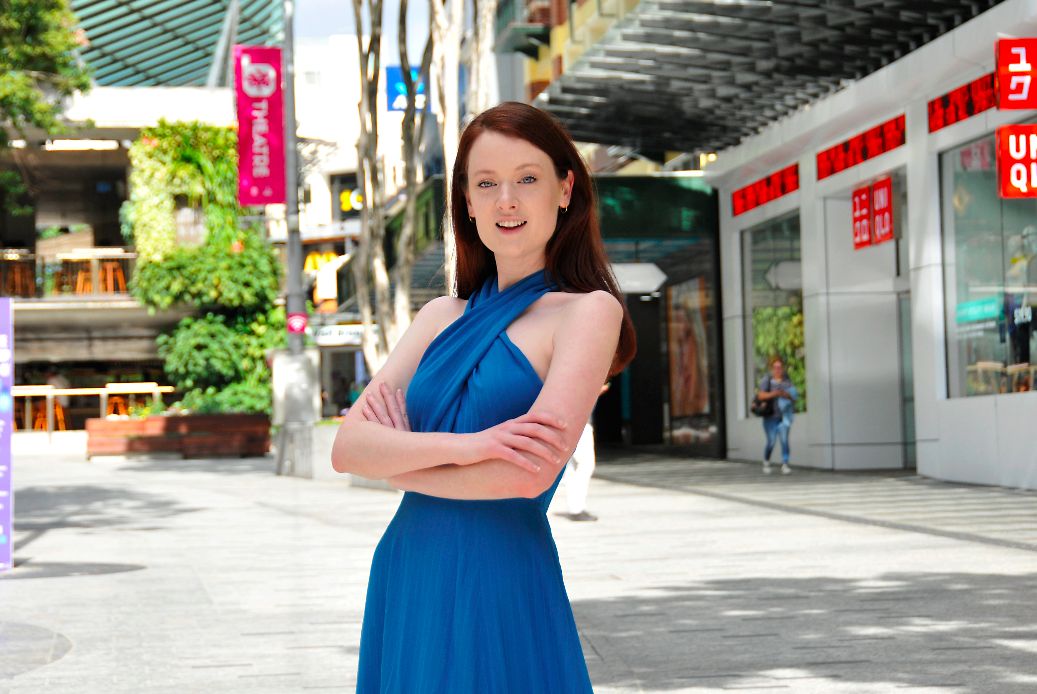Australia’s first modern shopping centre opened in Brisbane in May 1957 – we have changed a lot as a society since then. The options available to us for shopping, dining and entertainment have exploded and amidst all that shopping centres have ceased to be bustling hubs they once were.
In fact, the vacancy rates across Australia’s core retail sub-sectors are the highest they’ve been in over 20 years. A recent Retail Market Overview by JLL reported that vacancy across the Australian core retail sub-sectors increased by 1.3 percentage points in the six months to June 2020, to an average of 5.2%.
Sure, some of this is because of the pandemic, but in reality the pandemic just sped up changes that have been happening for a long time.
Brick and mortar retail still generates value, but the rise of ecommerce, food delivery and online communities mean we have to rethink how we use them.
One effective solution is to move with the times and take advantage of the new trend towards flexible work. These spaces exist, and they aren’t exactly going away quickly, so let’s put them towards good use.
As I see it – empty shopping centres could, and should, become the workplaces of the future.
Commute times in Sydney have blown out over the past five years, and I think it’s impossible to have an honest conversation about employee experience or workplace wellness without factoring in the cumulative time and stress that commutes cause for most employees. After all, the workday begins well before the employee sits down at their desk.
As we look towards “the future of work” or “the new normal” it’s important to think about what these phrases mean. The role of the workplace is still relevant – for productivity, culture, security and engagement – but I believe the format is up for renewal.
If employees don’t want to travel an hour each way to the CBD, and employers don’t want to spend money on extra floors of CBD rent – they are reaching for the same goal. I’m not saying inner city offices are dead – just that instead of 10 floors of a tower, companies could move to 6. With the extra savings, they could open up flexible working spaces on the city fringe which makes the workplace closer to where their employees live.
It’s not all or nothing – it’s about finding the sweet spot for each organisation and their employees, and how they choose to work during the week.
And if you’re looking for well maintained real estate in city fringe areas with great public transport and amenities, look no further than shopping centres. It’s a perfect match.
Real estate companies that own these empty tenancies are sitting on an opportunity. And they don’t need WeWork to come along and do this for them – they need good design, good technology and great customer service.
Take the best aspects of the leading coworking spaces, but also use human centred design and good old-fashioned intuition to understand how you can connect this new generation of workspace with the existing tenants you have.
Smart workplace technology like PlaceOS can power these service layers, and concierge style customer service to the shared workspace and extend it to a new area: community.
You aren’t starting this community from scratch – if you own the building and the precinct you already have the connections you need with restaurants, gyms, bars and retailers. Existing tenants will be happy with the increased foot traffic and cross promotion opportunities, and future workplace tenants will be happy to receive community-leveraged discounts. These existing relationships are an invaluable head start.
Use technology behind the scenes to power these personalised and local experiences. Customer experience isn’t going away – empowering concierge teams with the tech to assist them via automation will help them go above and beyond, which will breathe life into a precinct.
Stop looking at shopping centres as half empty and start looking at them as half full.
Brooke Jamieson is head of experiences at smart spaces platform, PlaceOS

